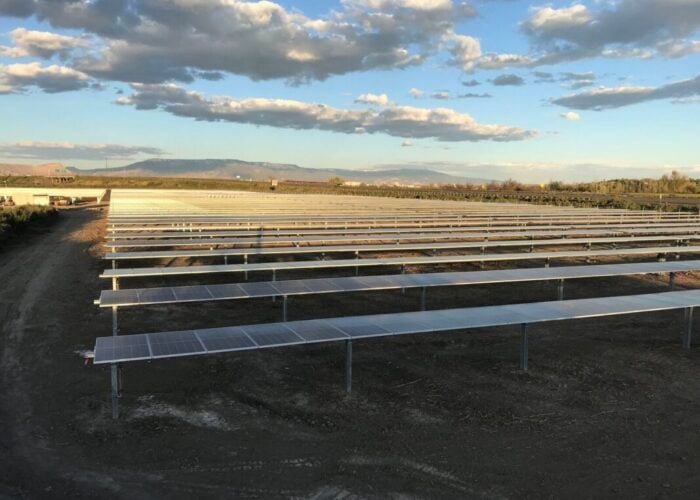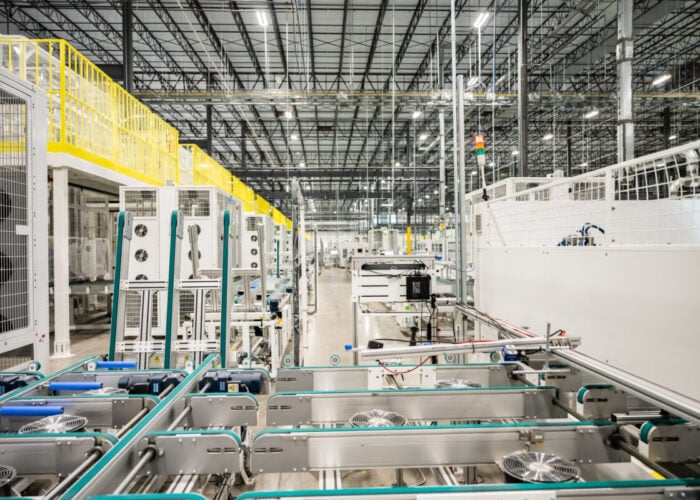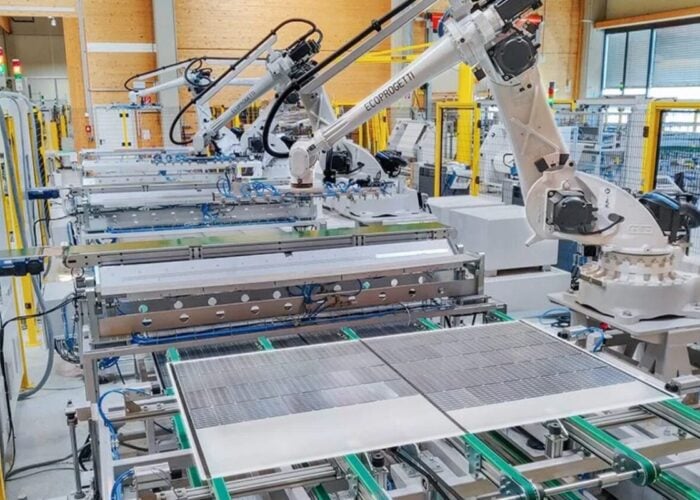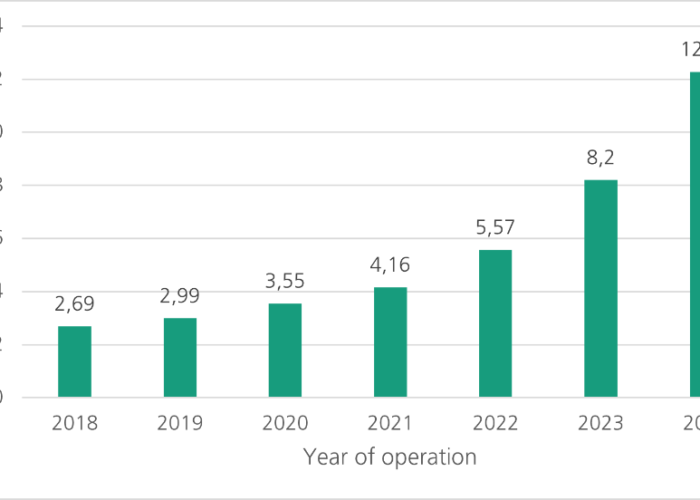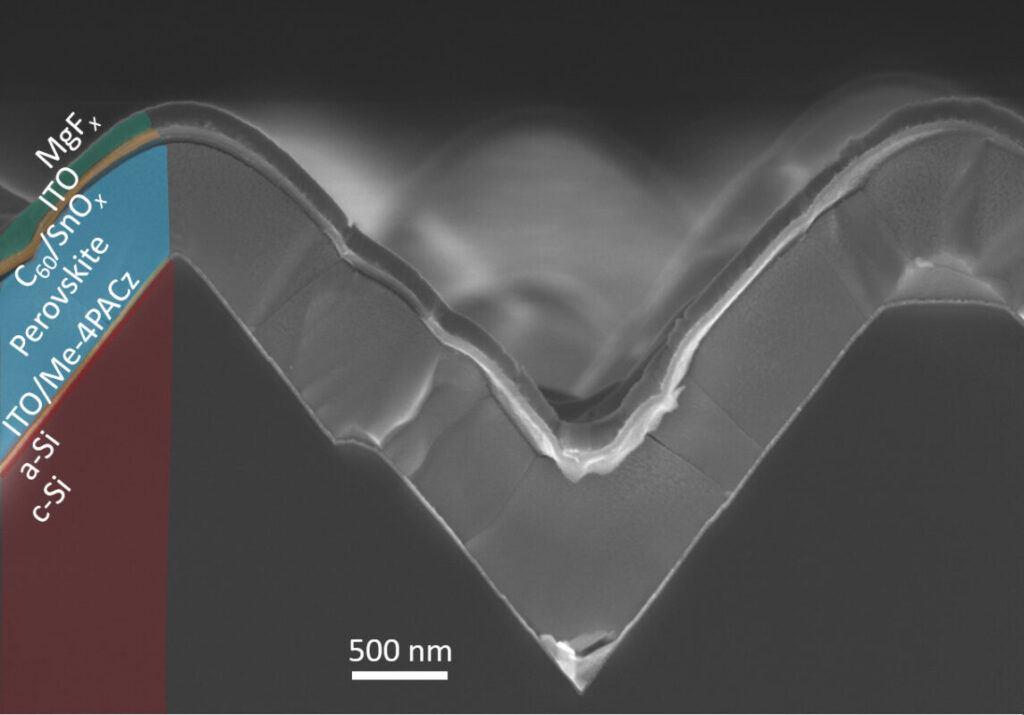
Researchers from the Fraunhofer Institute for Solar Energy Systems (ISE) have developed a perovskite silicon solar cell with a power conversion efficiency of 31.6%.
The cell, measuring 1cm², consists of a perovskite layer deposited on a silicon heterojunction (HJT) solar cell using what the researchers call a “hybrid manufacturing route”. The team suggests that successfully applying such a layer to a texturised surface is an important prerequisite for the industrial production of such solar cells. Fraunhofer’s ISE calibration laboratory CalLab certified the power conversion efficiency figure, which is the highest to date for a perovskite silicon solar cell that uses this hybrid deposition process.
Try Premium for just $1
- Full premium access for the first month at only $1
- Converts to an annual rate after 30 days unless cancelled
- Cancel anytime during the trial period
Premium Benefits
- Expert industry analysis and interviews
- Digital access to PV Tech Power journal
- Exclusive event discounts
Or get the full Premium subscription right away
Or continue reading this article for free
“To achieve this value, we concentrated on the perovskite top cell and in particular optimised the passivation between the perovskite layer and the electron transport layer,” said Dr Juliane Borchert, group leader of Perovksite Materials and Interfaces at Fraunhofer ISE. “We expect that further increase in efficiency will be possible by making improvements on the silicon bottom cell.”
Borchert also noted that, “a special method is needed to apply the perovskite layer evenly on the textured silicon surface,” suggesting that more work will be done on the cell in the near future. “In our labs, we are working on a combined hybrid process of vapour deposition and wet chemical deposition to overcome this obstacle.”
The study stems from two Fraunhofer research projects, “PrEsto” and “MaNiTU”, which have sought to investigate new perovskite silicon tandem solar cell production methods and materials, respectively. Fraunhofer ISE’s work was also aided by an “intensive exchange” with scientists from the King Abdullah University of Science and Technology (KAUST) in Saudi Arabia. KAUST researchers made headlines earlier this year when they developed another perovskite silicon tandem cell, with a slightly higher power conversion efficiency of 33.2%.
Fraunhofer ISE’s research, particularly into developing perovskite cells that are well-suited for industrial-scale production, follows growing interest in the perovskite sector, with a number of organisations looking to invest in new perovskite research. Over the summer, Oxford PV and Sunmaxx launched a module, incorporating a perovskite cell with a power conversion efficiency of 26.6%, at the Intersolar Europe event.


